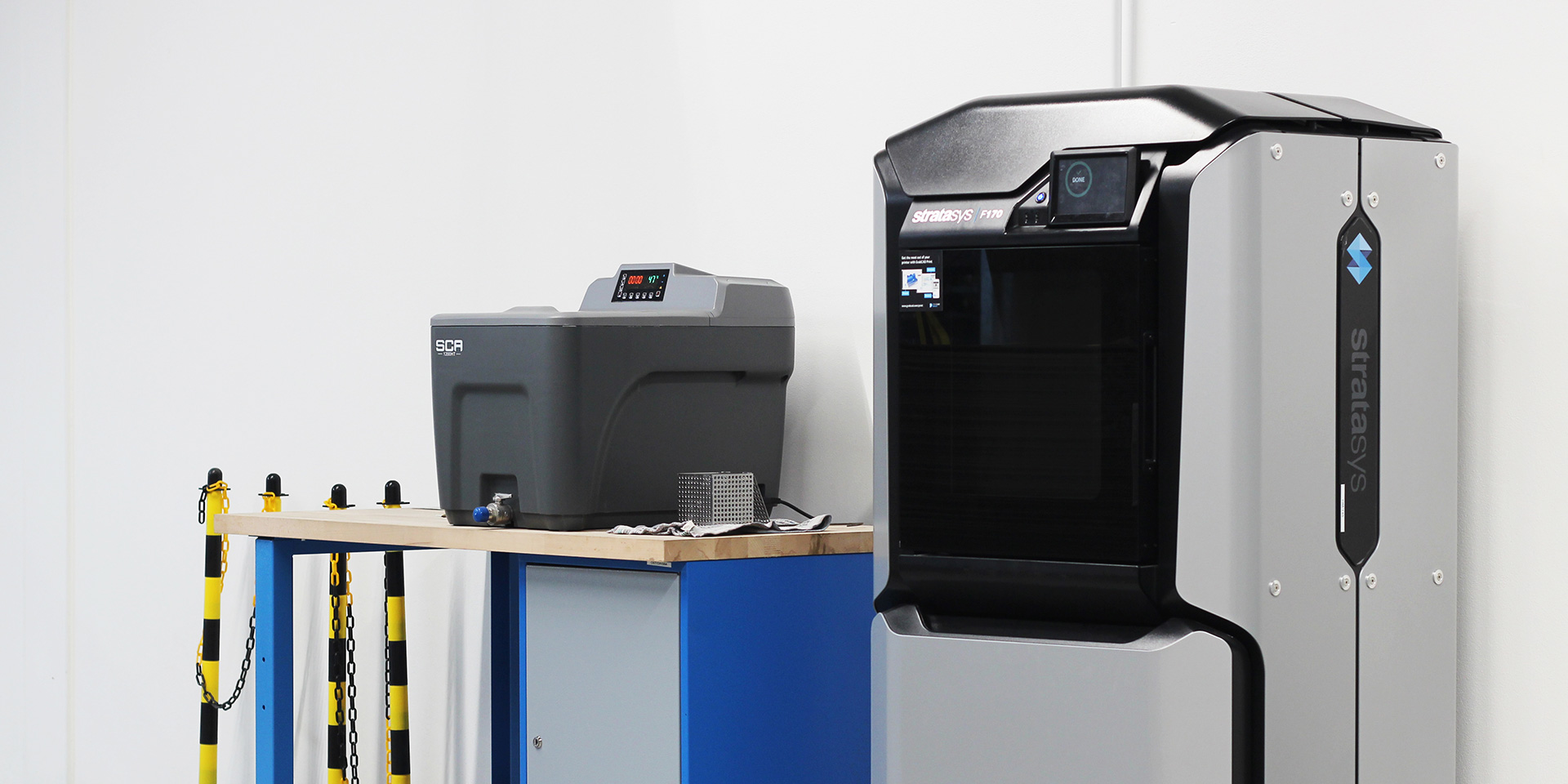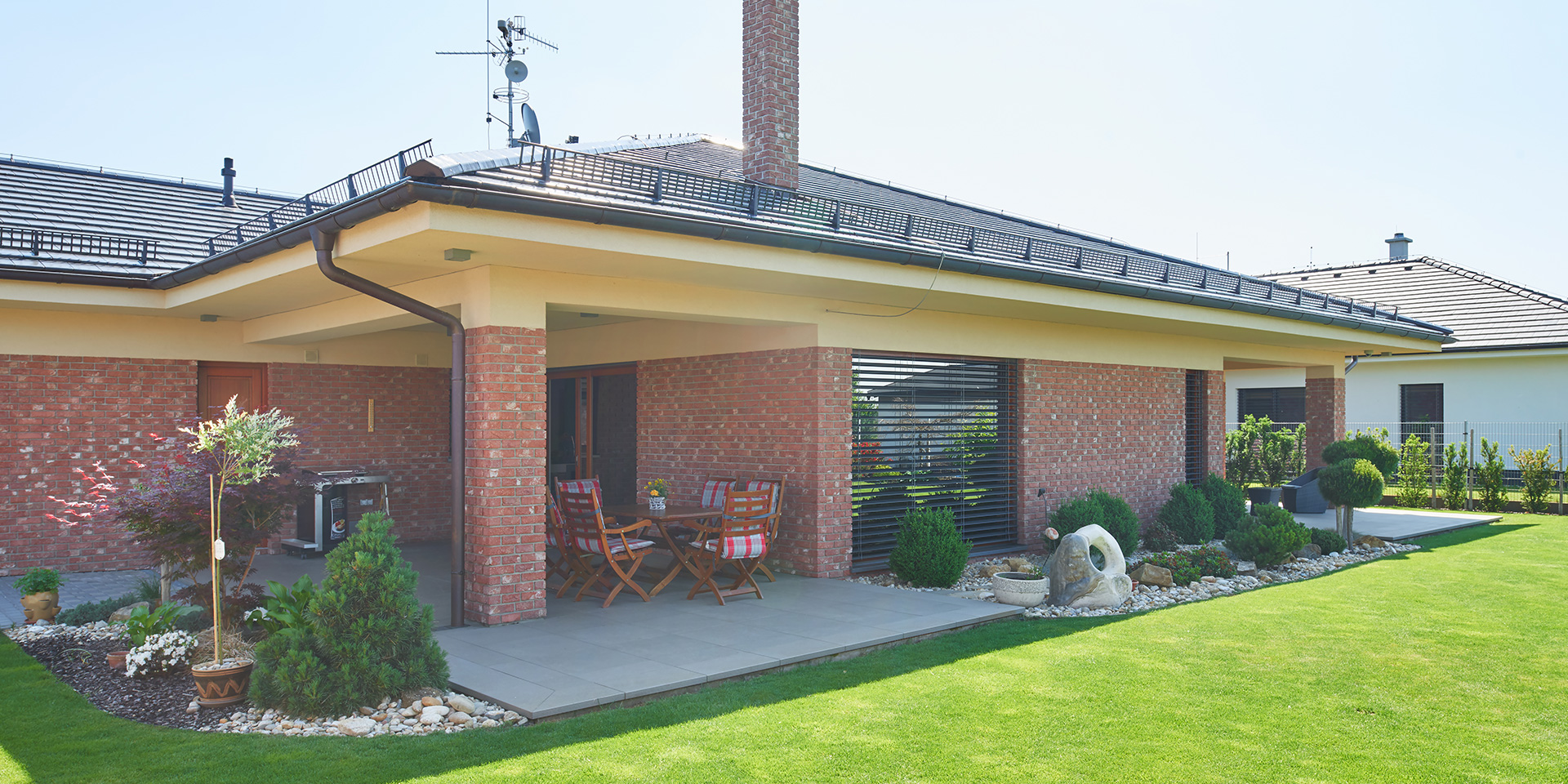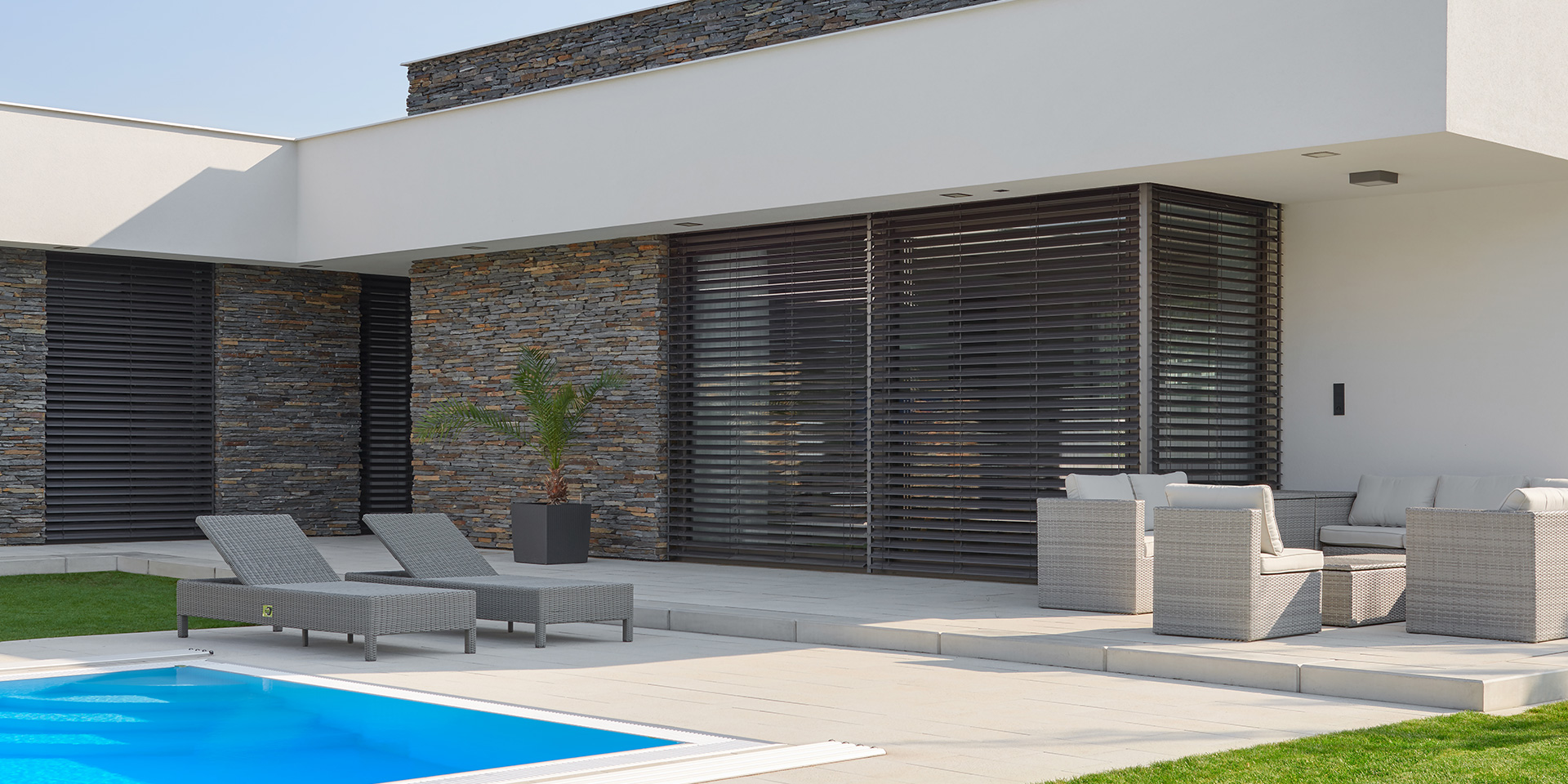Which external shading should I choose? Detailed comparison of all types
External shading is the most effective method of protection against the sun. But blinds aren’t the only option. We also present types of external shading currently available on the market and summarise the strong and weak points as well as their application.
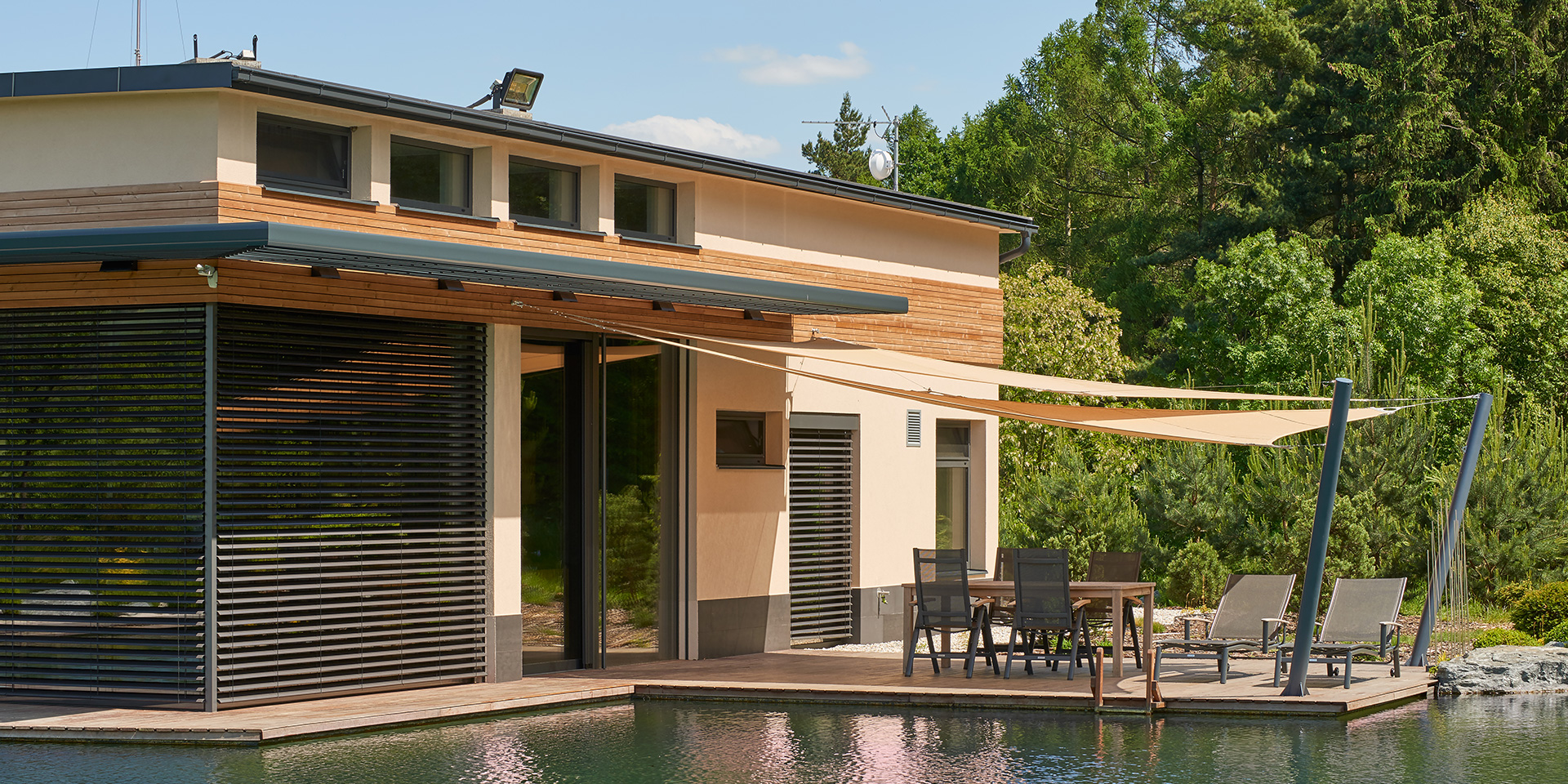
1. External blinds
Purely from the viewpoint of protection against the sun, external blinds are the most effective type of external shading. Unlike internal blinds, the sun rays do not penetrate into the room, and the home interior shall therefore be comfortable even on hot summer days. This has a positive effect not only on your comfort, but also on energy consumption.
Unlike other types external shading, the blinds allow you to smoothly regulate the light in the household. The tilting slats are connected to manual or electric controls, thanks to which the light in the room is regulated according to desire. With the smart home system, the slats work autonomously according to the weather. Another benefit is the security function of the slats – when closed, they prevent curious eyes from peeping through the windows.
Apart from practical use, the blinds are an interesting architectural element on the façade. Thanks to the universal design, they perfectly match modern and historical architecture. They are a suitable solution for family homes, flats and office buildings.
>> Choose exterior blinds from our offer. <<
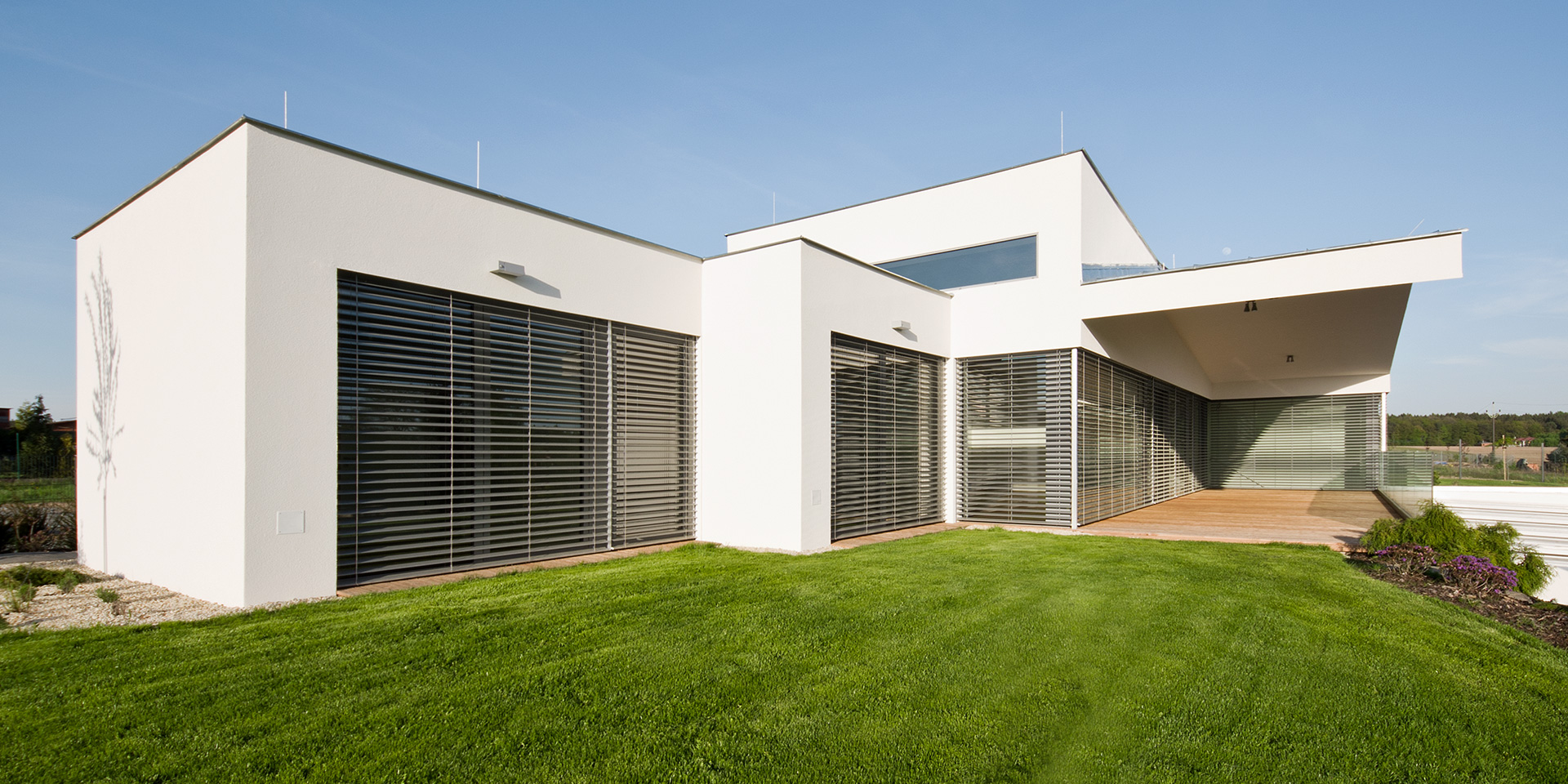
The external blinds stop the sun rays in good time, and thanks to the tilting of the slats, they can smoothly regulate the light.
2. External shutters
External shutters have identical functions as blinds – they also reflect sun rays and function as thermal insulation. Moreover, upon closing they create complete darkness or at least dim the light heavily in your home. This shall will be appreciated by all who like to sleep longer. It is also for this reason that the shutters are suitable for shading bedrooms. However, due to the absence of tilting slats, it is more difficult to regulate the light.
As with blinds, shutters can also be used to protect privacy. You protect your privacy not only from curious neighbours, but also from unpleasant noise. And in spite of the fact that this is not their primary function, the monolithic armour also serves as an obstacle to burglars. Just like the blinds, the shutters can be operated manually or electrically.
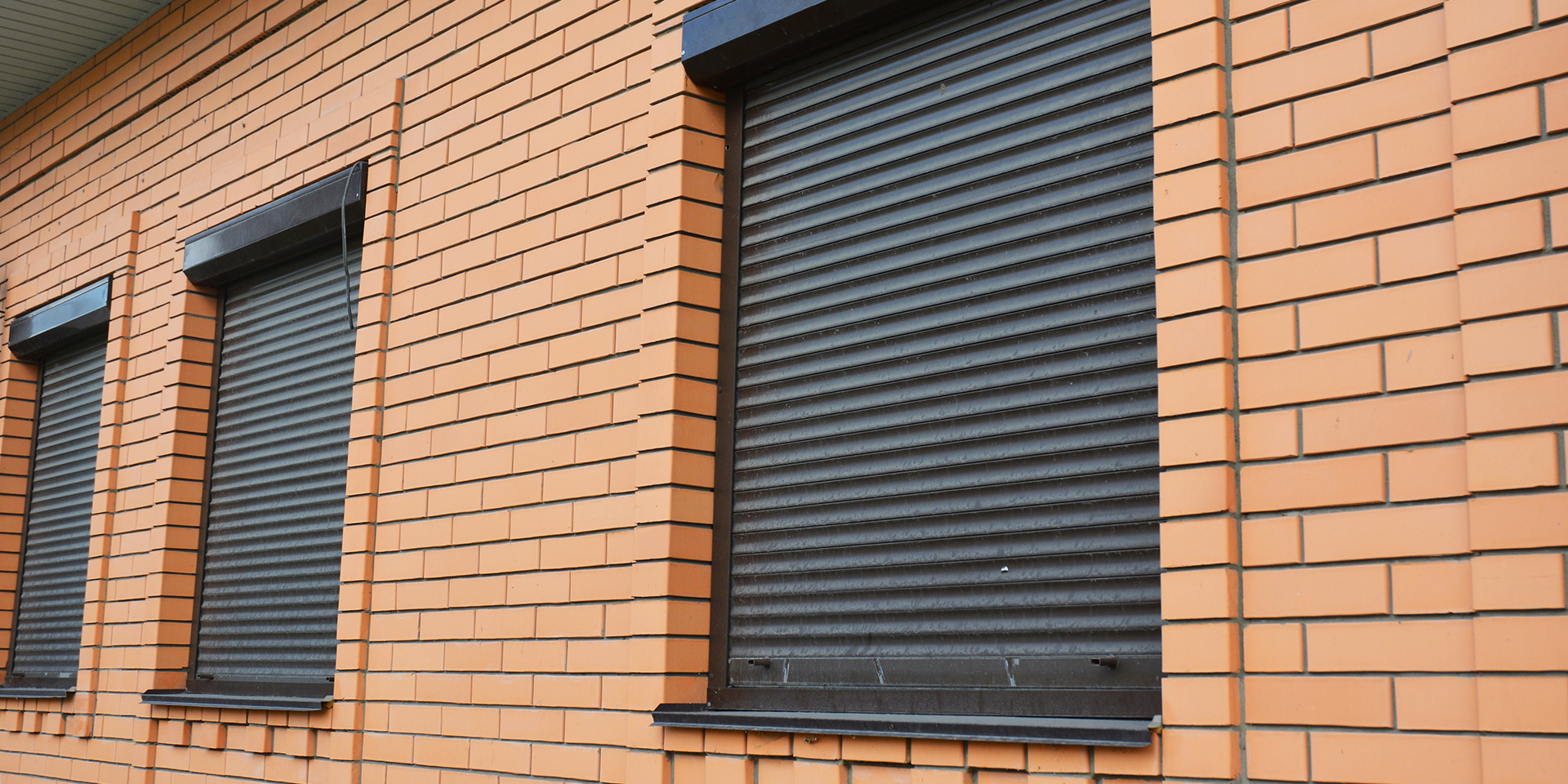
The external shutters perfectly darken the interior, but lack tilting slats, and for this reason it is more difficult to regulate the light.
3. Fabric screens
The screens rank among the luxurious types of shading and have several advantages. For example, they are easy to install, which is related to their space-saving and flexibility features – unlike the blinds, they do not take-up so much space on the façade. However, the disadvantage is their relatively high price.
Their fabric has miniature holes through which comfortable dimmed lighting enters the interior. The interior thus remains lighted without overheating, but without the option to regulate the light, which is available in the case of blinds. Some screens also serve as insect barriers.
Unlike the blinds and shutters, they are not so conspicuous and thus do not divert attention from the interesting elements of your garden. The screens are made of special fabric that is mostly PVC-lined glass fibre to ensure that the screen is wind resistant.
The fabric is made in many colours and is thus easily matched with the façade. Use the screens mainly for modern family homes. They are especially suitable for shading winter gardens, pergolas or other exterior spaces.
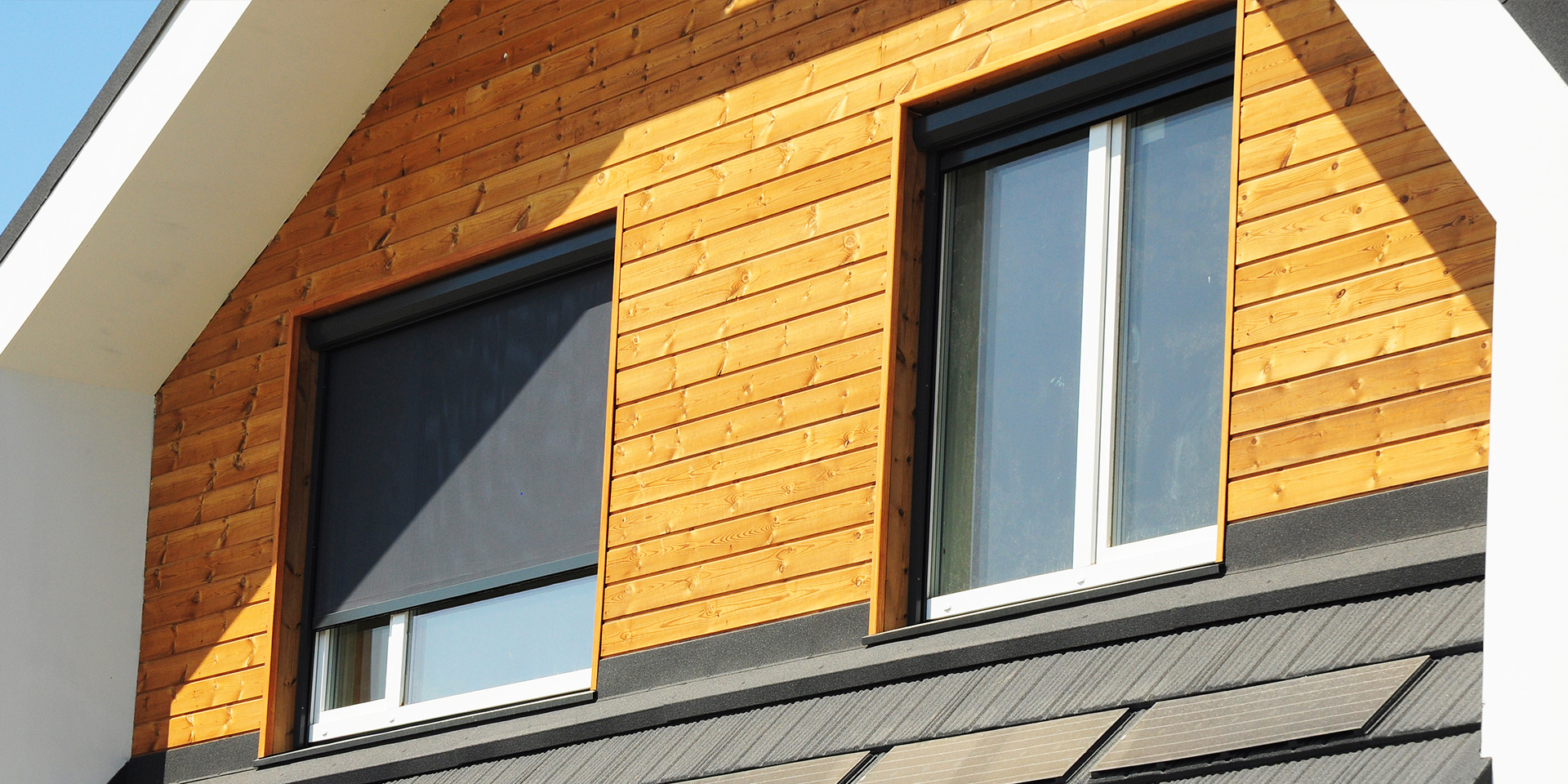
The screens look elegant and are easy to install, but unlike the previous types of shading, they are significantly more expensive.
4. Awnings
Awnings are used exclusively to shade external spaces such as terraces, balconies or winter gardens. They shade the whole area from the top and thus create a comfortable climate for summer seating.
You can purchase awnings either in extensible design comprising a winding roller for the fabric that may be mounted in a case, or a tilting design – instead of rolling, the awning is only folded using arms and tilted. Awnings with cases are more practical because they protect the fabric from the weather, dirt and wear. You can control the awnings either manually or electrically.
All the mentioned systems can be connected to a smart home system. Read about how it works.
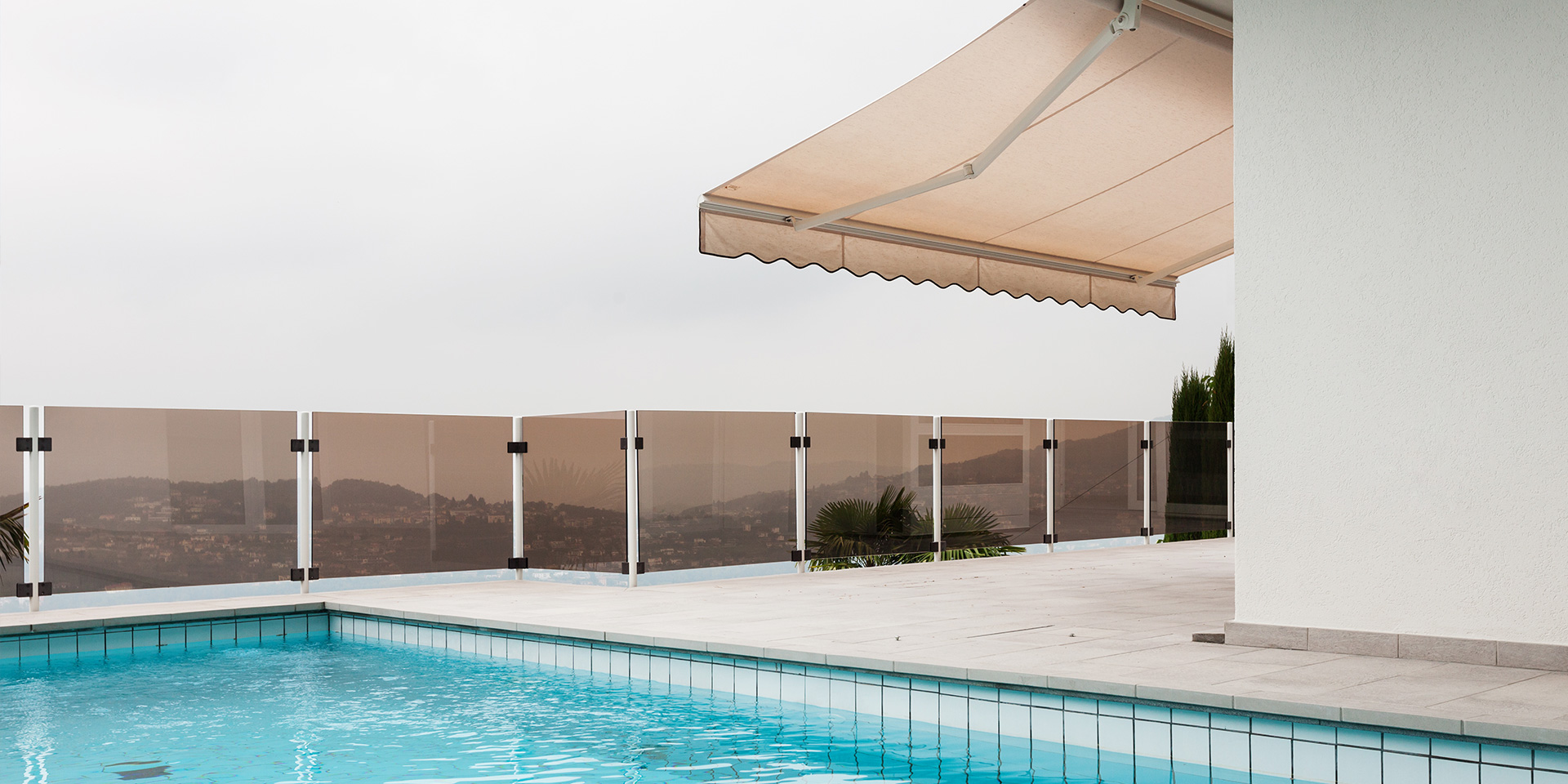
Awnings create comfortable shade for summer seating in the garden or on the terrace.

